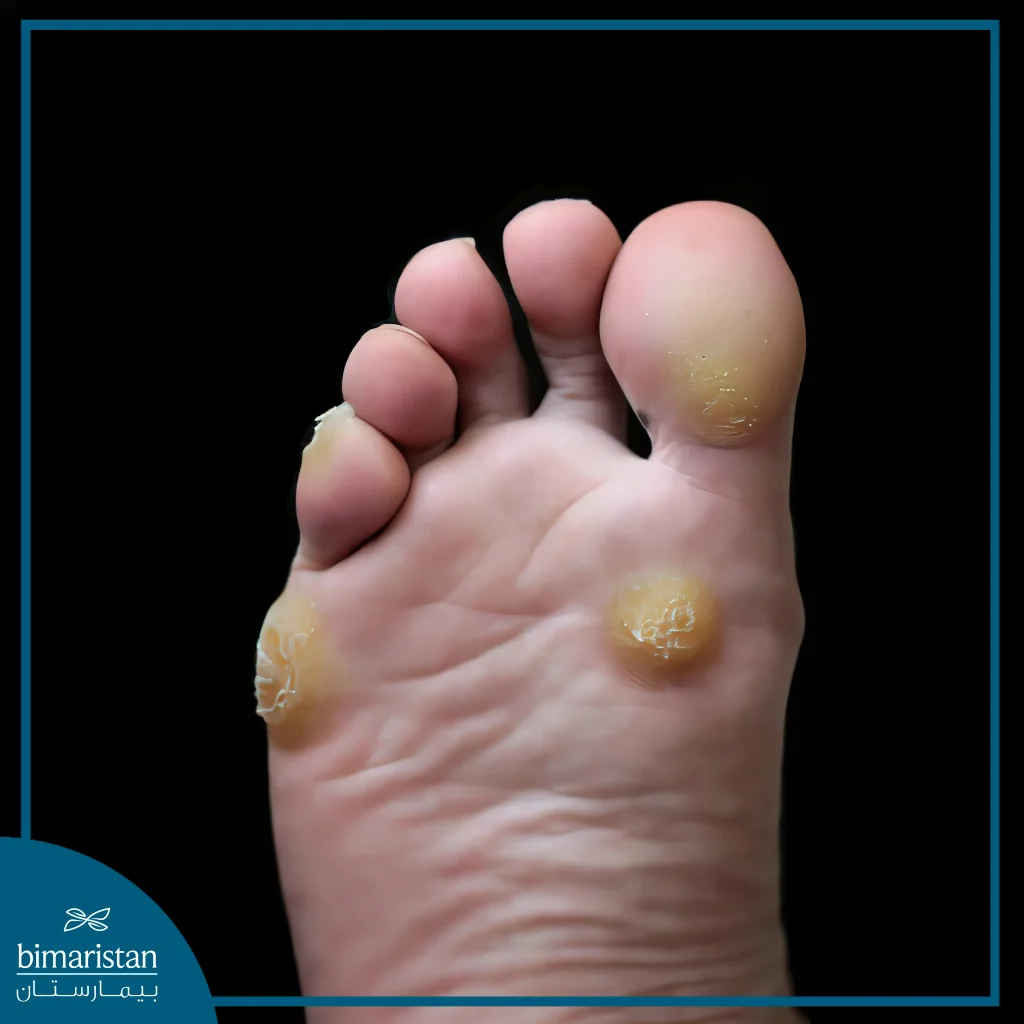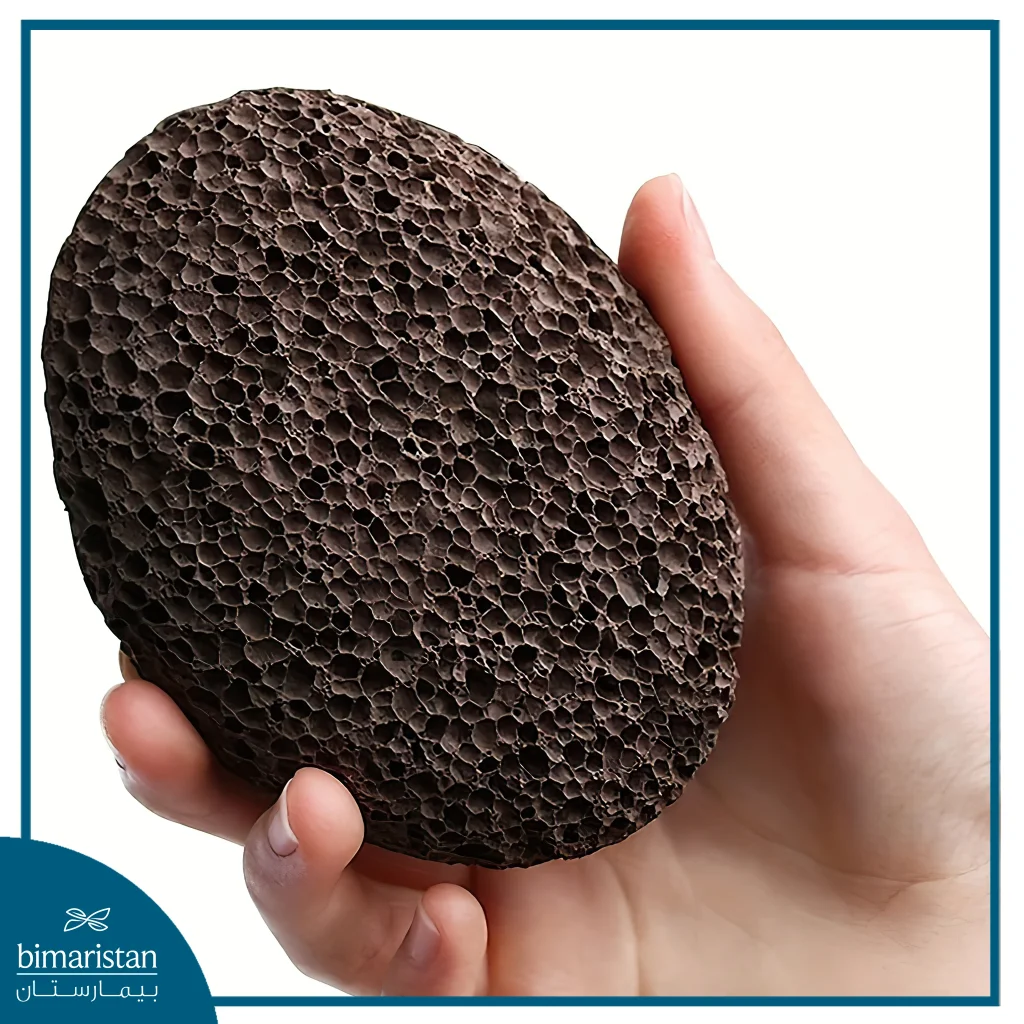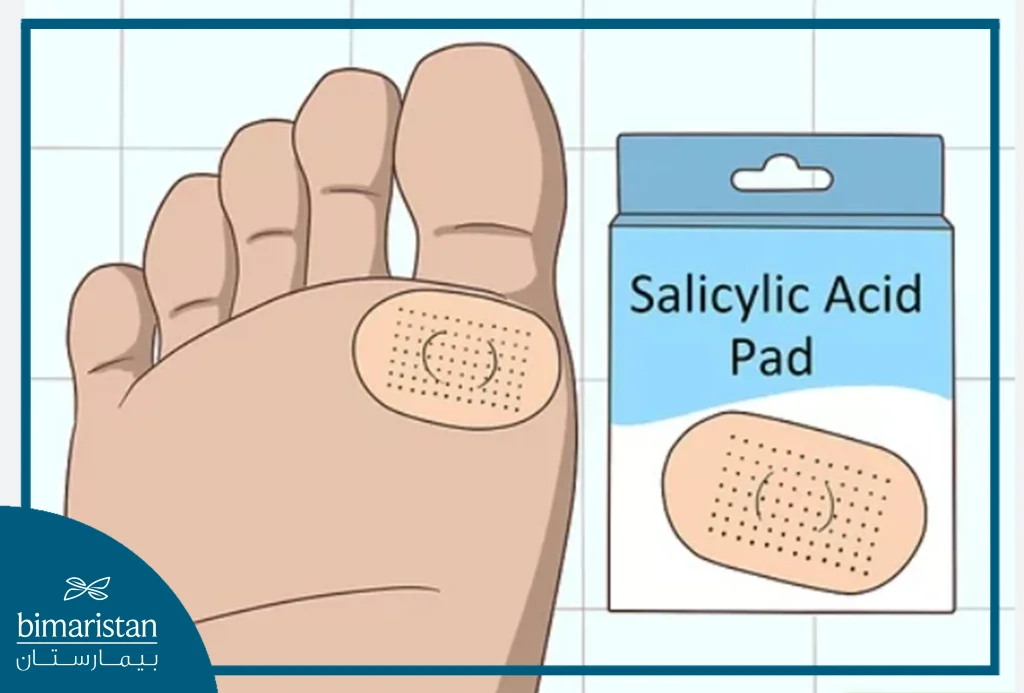The skin is the largest organ in the body and is made up of many components including water, protein, fats, minerals and various chemicals. The skin of an average person weighs about 2720 grams. The skin is very important in protecting against infection and the skin epidermis constantly reproduces every 27 days approximately.
The skin is characterized by its ability to adapt to the changes it is exposed to repeatedly, which allows for tissue and shape changes to occur on it, the most important of which is the formation of callus. Let’s learn about everything related to its causes and methods of treating them in Turkey.
What are Calluses?
Calluses are hard, thickened skin areas that form due to friction or pressure on the skin. Calluses develop naturally to help protect the skin underneath. These areas can be annoying, but the body actually forms them to protect sensitive skin. Although these hardened areas of skin can form anywhere on the body where there is frequent friction, such as the tips of a guitarist’s fingers or the palms of a mechanic’s hands, they most commonly appear on the feet.
Types of Calluses
- Hard: These are small, complex, thickened areas of skin that are usually within a larger area of thickened skin. Hard ones form on the tops of the toes where there is bony pressure on the skin.
- Soft: These are white or gray and have a rubbery, smooth texture. Soft ones usually appear between the toes.
- Spread: These are so-called because they are usually tiny and scattered and can be very soft, especially if they are on a weight-bearing part of the foot. They most often form on the bottoms of the feet.

Causes of Callus
The hardened layers of skin are actually the body’s way of protecting the skin from irritation and pressure. Calluses are caused by repeated friction and pressure, and some of the sources of this friction and pressure include:
- Wearing uncomfortable shoes and socks: Tight shoes and high heels can put pressure on areas of the feet, while loose shoes can cause the foot to slip and rub against the shoe repeatedly.
- Not wearing socks: Wearing shoes and sandals without socks can cause constant friction between the feet.
- Standing, walking, or running for long periods of time and walking barefoot.
- Sports activities: Especially those that put pressure on the feet and cause repeated friction against an area of skin.
- Genetics: Some people tend to develop these hard layers, especially in non-weight-bearing areas.
- Structural foot deformities: Such as changes in the shape of the foot (hammer toe).
Symptoms of Callus
Calluses have several distinct characteristics that can cause symptoms in the patient, including:
- Thick, hardened, larger, flatter patches of skin
- Small, round, raised bumps of hardened skin surrounded by inflamed skin
- Tenderness or pain under the skin
- Scaly or dry skin
- It may be painful or uncomfortable
Calluses may be painful, but they are not a serious problem for most people.
Methods for treating callus permanently
Treatment depends on the symptoms the patient suffers from and the cause of the appearance. For typical foot ones, removing the accumulated skin is an effective treatment.
When not appropriately treated, they recur many times and may not disappear independently if left untreated. Some tips should be followed to help treat it:
- Soak the area in warm water until the skin softens for five to ten minutes
- Use a pumice stone to scrub this area and get the area smooth

Laser callus Removal
Laser is the most modern and effective method for treating it. It is painless due to the application of local anesthesia and without bleeding. It is performed in the doctor’s office, and you can return to your daily activities immediately. It is impressive that these hard layers disappear permanently once and for all after treatment.
A carbon dioxide laser is used to heat, destroy and vaporize the excess layers of skin, whether they are caused by calluses or warts, leaving soft skin underneath these layers and the surrounding tissues remain intact and undamaged.
The only problem with this method is that after laser treatment, the skin surrounding the it must be kept dry for two or three weeks, with as little moisture as possible for 2-3 weeks.
A topical antibiotic ointment should be used and covered with an adhesive bandage to speed up healing of the laser-treated area.
Callus medications
- 40% salicylic acid pad: Applied in a size slightly larger than the callus area, held in place with adhesive tape overnight or for 3-4 days in the case of very thick lesions. After removing the bandage, the foot should be soaked in water, and the cracks should be rubbed with a pumice stone. People with diabetes or high blood pressure should not use salicylic acid pads.
- Ammonium Lactate Lotion 12% or Carmal Lotion (OTC): Used to soften hardened tissues.
- Natural skin moisturizers: There are many types of natural skin moisturizers available at home, such as lemon juice, white vinegar, and pineapple. They all help in softening and gradually removing the hard top layer of calluses.

Surgical removal of Callus
The doctor resorts to surgery in the event of a structural deformity in the patient’s foot or toes because normal treatment will cause the condition to recur repeatedly. In this case, the doctor removes or reorganizes the bones and surrounding tissues in the foot. The doctor may resort to surgery if this tissues is very painful or prevents the patient from walking normally or if it causes recurring infections or wounds.
Ultimately, Calluses are a natural response of the body to pressure and friction. Friction occurs primarily due to the improper distribution of weight across the feet while walking. Certain bones in the forefoot have to bear more weight, and as a result, the skin works to form this
tissues to protect it.
Sources:
- NHS, Corns and Callus
